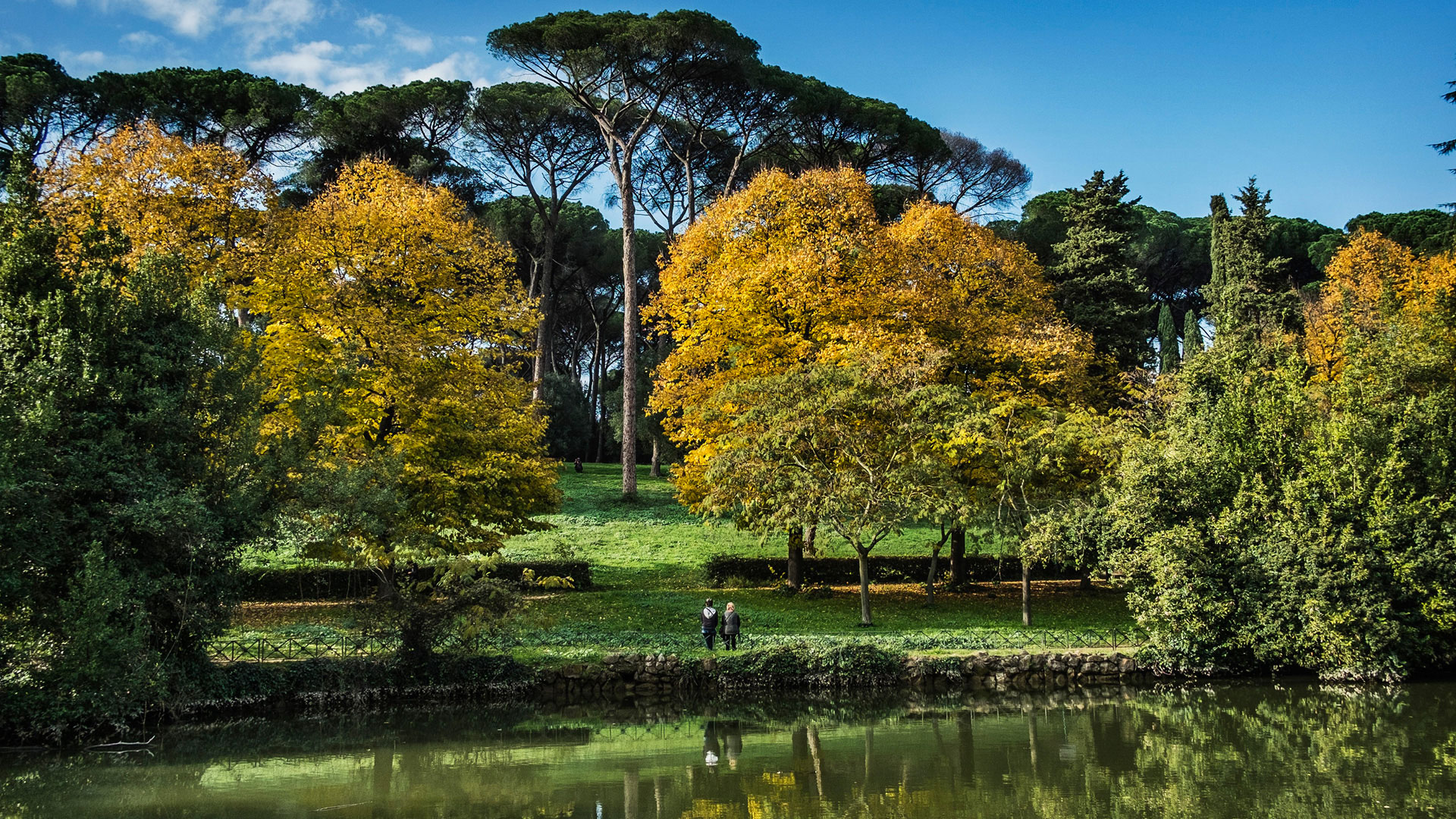
Outre ses monuments, ses palais et ses églises, une ville est aussi faite des reflets de ses histoires et de la vie qui la caractérise. Une vie qui, à Rome, a toujours été rythmée par les rituels, les fêtes, les anniversaires, les célébrations : un calendrier dense de rendez-vous fixes qui, avec leurs traditions, représentaient une occasion de réflexion, tant religieuse que civile, de rencontre, de partage et de divertissement, saison après saison.
Si certains, comme on dit, n'ont pas résisté à l'usure du temps ou ont perdu une partie de cet émerveillement parfait qu'ils savaient donner aux Romains et aux nombreux visiteurs de la ville, d'autres jouissent encore d'une excellente santé et se sont même enrichis de nouveaux éléments. D'autres encore, même s'ils sont plus récents, sont entrés à part entière dans les « traditions » modernes et contemporaines de la ville.
Pour vivre pleinement Rome et faire partie de son histoire, nous vous racontons, mois après mois, quelques-uns des jours et des moments spéciaux de la ville, d'aujourd'hui et d'hier, les rendez-vous les plus intenses ou les plus attendus, ou tout simplement les plus curieux.
-
Les Ottobrate romane
-
Saint François, 4 octobre
-
Floraison d'automne à la roseraie municipale, octobre-novembre
-
Samedi noir dans le ghetto de Rome, 16 octobre
-
La bataille de Ponte Milvio, 28 octobre
Les Ottobrate romane
L'été romain ne se termine pas avec l'équinoxe d'automne. Ainsi, lors d'une de ces journées magiquement lumineuses et chaudes, avec d'interminables couchers de soleil orangés, on pourra s'exclamer : « Quelle belle Ottobrata! ! » Les véritables ottobrate d'antan, dans la Rome des papes, étaient pourtant une affaire sérieuse, une tradition à respecter au prix d'un recours au Monte dei Pegni, ou Mont-de-piété, car il n'était pas question de renoncer aux fêtes et aux sorties qui clôturaient la saison des vendanges. Tout au long du mois, le dimanche ou le jeudi matin, carrosses et charrettes se précipitaient vers la campagne, les vignobles et les vergers hors la ville ou à l'intérieur, comme les prés du peuple romain au pied du Monte Testaccio, dont les fameuses « catacombes viticoles » attiraient beaucoup de monde. La nourriture et le vin à profusion agissaient comme un lien social et, après une journée de jeux, de danses et de stornelli, le retour à la maison était beaucoup plus bruyant et animé que le départ. La coutume a pris fin au début du XXe siècle, mais son esprit est resté vivant. Pour célébrer le mois d'octobre à Rome, vous pouvez profiter, par exemple, d'une excursion aux Castelli Romani, peut-être le premier dimanche du mois à Marino, à l'occasion de l'ancienne Sagra dell'Uva (fête du raisin). Vous pouvez également admirer le feuillage des villas de Rome avec leur nature luxuriante et leur art magnifique. Ou tout simplement admirer le feuillage des villas de Rome, avec leur nature luxuriante et leur art magnifique. L'une d'entre elles est la Villa Borghese, qui ouvrait ses portes au public le dimanche d'octobre depuis la fin du XVIIIe siècle, avec l'aimable autorisation des princes.
Saint François, 4 octobre
« Le plus italien des saints et le plus saint des Italiens », comme l'a appelé Pie XII lorsqu'il l'a proclamé saint patron de l'Italie, n'a pas besoin d'être présenté. Il n'en avait pas besoin non plus dans l'Italie du XIIIe siècle, à tel point qu'il a été déclaré saint deux ans seulement après sa mort, le 4 octobre 1226 à Assise. Révolutionnaire dans sa doctrine et dans son choix de la pauvreté, mais dévoué et obéissant à l'Église et au pontife, François se rendit à Rome à plusieurs reprises jusqu'en 1223. De nombreux lieux de la ville sont mentionnés dans les sources franciscaines, comme Saint-Pierre, Saint-Jean-de-Latran et Sainte-Sabine, la basilique où il aurait rencontré saint Dominique. C'est au cours de l'un de ces séjours que François a rencontré une noble romaine qui allait devenir l'une des figures les plus représentatives du premier franciscanisme romain. De Giacoma ou Jacopa de' Settesoli, que François appelle affectueusement « Frère Jacopa », dérive également le rapport particulier que le Rione Trastevere entretient avec le saint. Elle obtint des bénédictins de San Cosimato in Trastevere la cession de l'hospice de San Biagio où François avait séjourné et qui devint le premier site romain des Frères mineurs. L'église, appelée par la suite San Francesco a Ripa, abrite quelques reliques du saint et la pierre sur laquelle il aurait posé sa tête, ainsi qu'un portrait en pied peint par Margaritone d'Arezzo à la fin du XIIIe siècle. Chaque année, en mémoire de François, le district et l'église organisent des célébrations liturgiques et des fêtes, avec les célèbres « Mostaccioli » de Jacopa de” Settesoli, à base de miel, de sucre et d'amandes : un petit péché de gourmandise auquel François ne voulait pas renoncer, même à la fin de ses jours, au point d'écrire à la femme de se dépêcher de le rejoindre à la Portioncule, en apportant avec lui ces biscuits « bons et aromatiques ».
Floraison d'automne à la roseraie municipale, du 24 octobre au 10 novembre
La vraie beauté ne se fane pas, parfois même, elle refleurit. Une preuve en est la roseraie municipale de Rome, un coin de paix et d'harmonie niché sur les pentes de la colline de l'Aventin, en face des vestiges du Palatin et à quelques pas du Circus Maximus – un lieu dédié aux fleurs depuis l'Antiquité puisque c'est là, comme le raconte l'historien romain Tacite, que se dressait un temple dédié à la déesse Flora. C'est un lieu dédié aux fleurs depuis l'Antiquité puisque c'est là, comme le raconte l'historien romain Tacite, que se trouvait un temple dédié à la déesse Flora. Bien que de petite taille, le jardin abrite plus de mille variétés de roses botaniques, anciennes et modernes, un patrimoine extraordinaire qui permet de retracer l'histoire et l'évolution de l'une des fleurs les plus aimées et les plus célébrées au monde. Leur point culminant se déroule traditionnellement entre avril et mai, mais certaines variétés reviennent fleurir à l'automne. Ainsi, respectant une tradition bien établie, la roseraie ouvre ses portes au public également en octobre, permettant aux visiteurs, touristes et curieux d'admirer le spectacle renouvelé des parfums et des couleurs pendant deux semaines.
Samedi noir dans le ghetto de Rome, 16 octobre
À l'aube du 16 octobre 1943, Rome était aux mains des alliés allemands depuis un peu plus d'un mois. À 5 h 15, les SS envahirent les rues du Portico d'Ottavia, mais les autres quartiers de la ville n'étaient pas épargnés. Ils pénétrèrent dans les maisons des juifs de Rome, que les lois raciales de 1938 contribuèrent à ficher. La date n'a pas été choisie par hasard : c'était un samedi, le jour de repos de la communauté juive, et également la fête de Souccot. Hommes, femmes, enfants, vieillards, malades, souvent surpris dans leur sommeil, chargés de force dans des camions et emmenés au Collège militaire de Palazzo Salviati, à deux pas du Vatican et du souverain pontife, qui ne fit aucune déclaration publique de condamnation. Deux jours plus tard, dix-huit wagons pillés quittèrent la gare Tiburtina : sur les 1022 Juifs romains déportés à Auschwitz, seuls 16 revinrent chez eux. Le ratissage du ghetto a ouvert une plaie aujourd'hui encore douloureuse dans le tissu de la ville, et sa portée et son horreur en font l'un des emblèmes de la Shoah en Italie. Chaque année, depuis 1994, la Communauté de Sant'Egidio et la Communauté juive de Rome s'engagent à en perpétuer la mémoire, par une marche silencieuse qui, de la place Santa Maria à Trastevere, se termine au Grand Temple de Rome, au lieu de mémoire aujourd'hui nommé « Largo 16 ottobre 1943 ».
La bataille de Ponte Milvio, 28 octobre
En 312, le monde occidental est sur le point de changer radicalement. La compliquée guerre civile qui va agiter l'empire pendant quelques années oppose Constantin à Maxence, qui s'est proclamé Auguste à Rome avec l'appui du Sénat. Ne voulant pas le reconnaître, Constantin traverse les Alpes, s'empare d'un bon nombre de villes et arrive rapidement aux portes de Rome. Le matin du 28 octobre, Maxence le rencontre en rase campagne. Sur la dynamique exacte de la bataille qui fit rage près du pont Milvius, les sources sont confuses et limitées. Cependant, la fin est une page d'histoire : la défaite désastreuse des troupes de Maxence, qui mourut noyé dans le Tibre. Les chroniqueurs chrétiens racontent plus tard que pour guider Constantin dans sa victoire il y aurait eu un signe céleste : la nuit précédant la bataille, alors qu'il campait près de Malborghetto, Constantin aurait eu la vision d'une croix dans le ciel étoilé, avec une inscription en grec rendue en latin par le fameux « in hoc signo vinces », un événement qui aurait marqué le début de sa conversion au christianisme. En effet, aucun symbole chrétien n'apparaît sur les frises du grand arc promptement érigé à côté du Colisée pour célébrer le triomphe du nouvel empereur d'Occident, mais, à partir de ce moment-là, la bataille devient l'emblème du paganisme vaincu par l'avancée du nouvel empire chrétien. Et pour cause : l'année suivante, l'édit de Milan reconnaît enfin la liberté de culte. C'est la première étape du processus par lequel la religion chrétienne devient non seulement licite, mais la seule autorisée.
Novembre à Rome. Rendez-vous avec la tradition (d'hier et d'aujourd'hui)
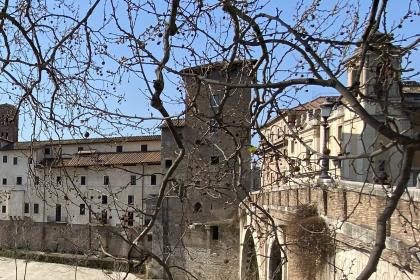
Décembre à Rome. Rendez-vous avec la tradition (d'hier et d'aujourd'hui)
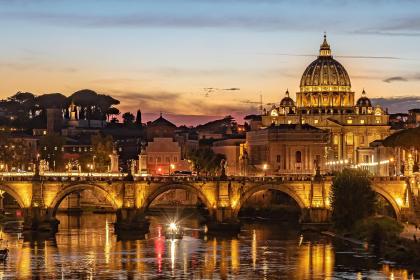
Les sorties romaines d’octobre
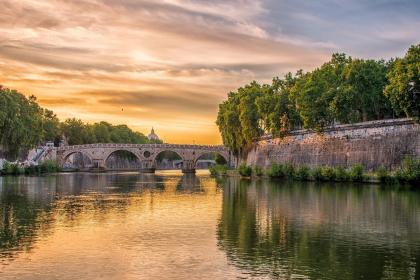
Les parcs de Rome
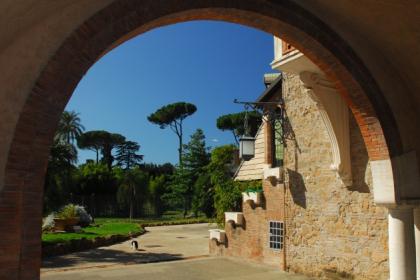
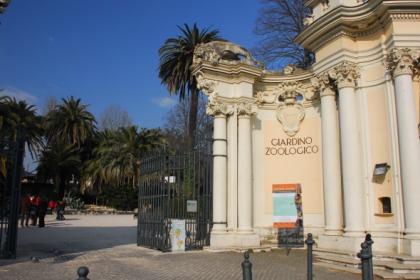
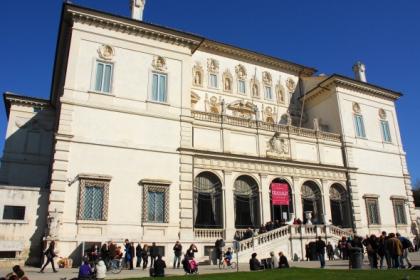
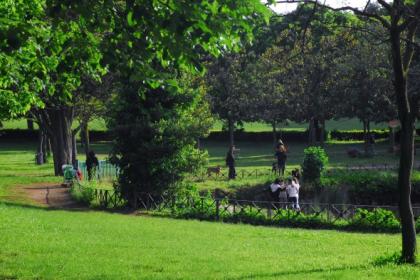
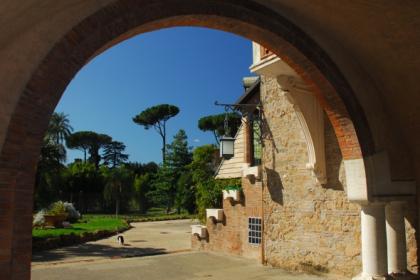
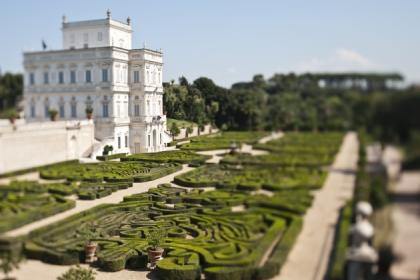
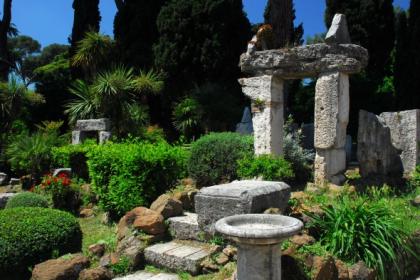
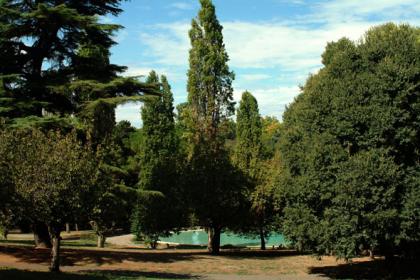
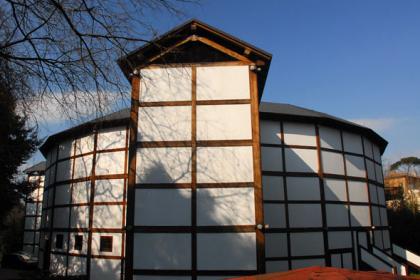
A walk in the green nature of Rome
 Condividi
Condividi
Voyage à travers les villages suggestifs des Castelli Romani
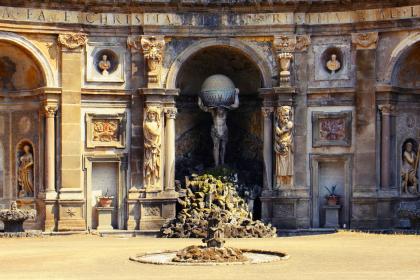
 Condividi
Condividi
Le vin et la culture de la boisson à Rome

Saints et diables dans l'église de Santa Sabina
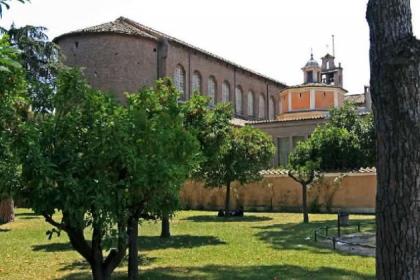
Rione XIII - Trastevere
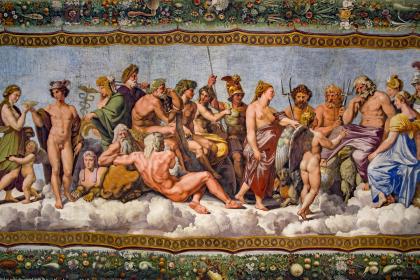
Sanctuaire de San Francesco a Ripa Grande
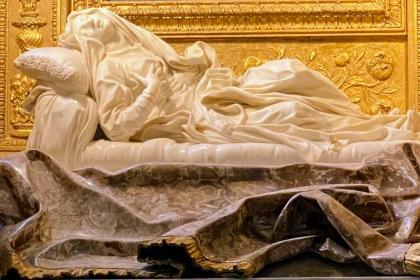
 Condividi
Condividi
Roseraie municipal
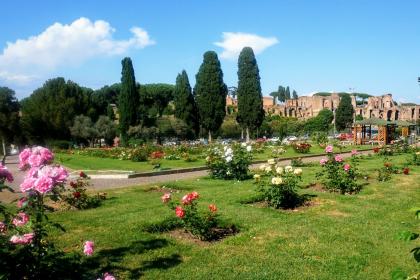
 Condividi
Condividi
Musée Juif de Rome
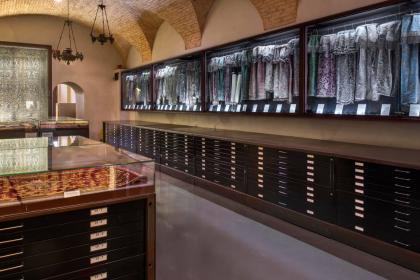
 Condividi
Condividi
Casina dei Vallati - – Le Musée de la Shoah
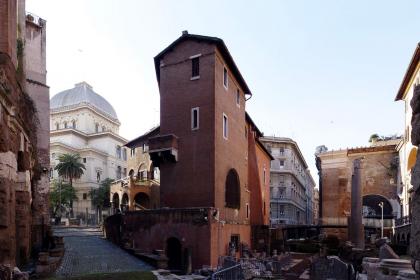
 Condividi
Condividi
Le Tibre
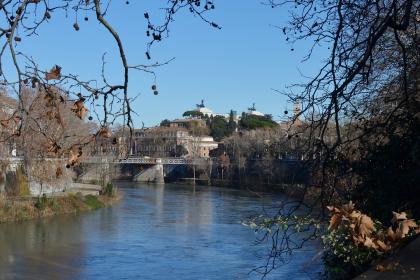
Selon la légende, l'histoire de Rome commence ici
Ponte Milvio et la Torretta Valadier
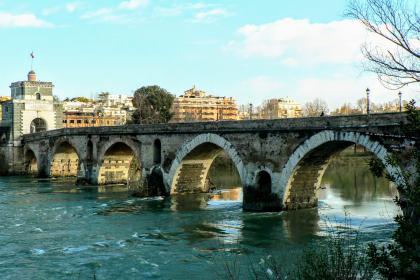
 Condividi
Condividi
Basilique de Maxence
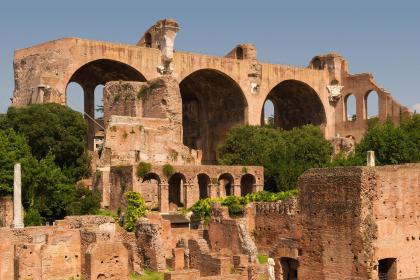
 Condividi
Condividi
Casale di Malborghetto
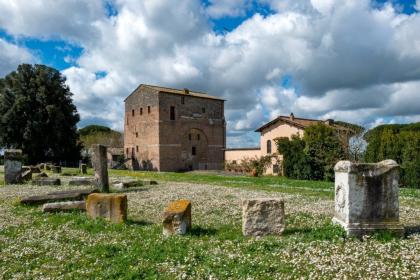
 Condividi
Condividi
Arc de Constantin
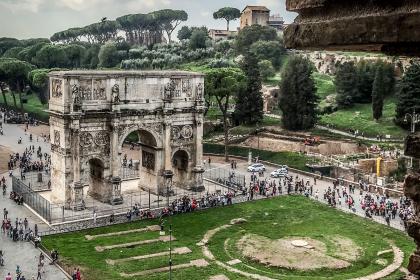
 Condividi
Condividi
Parc Archéologique du Colisée
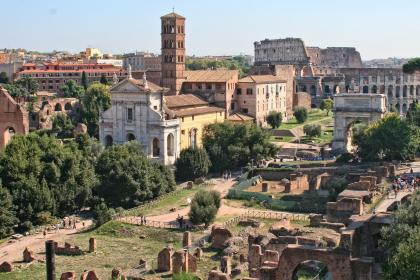
 Condividi
Condividi











































